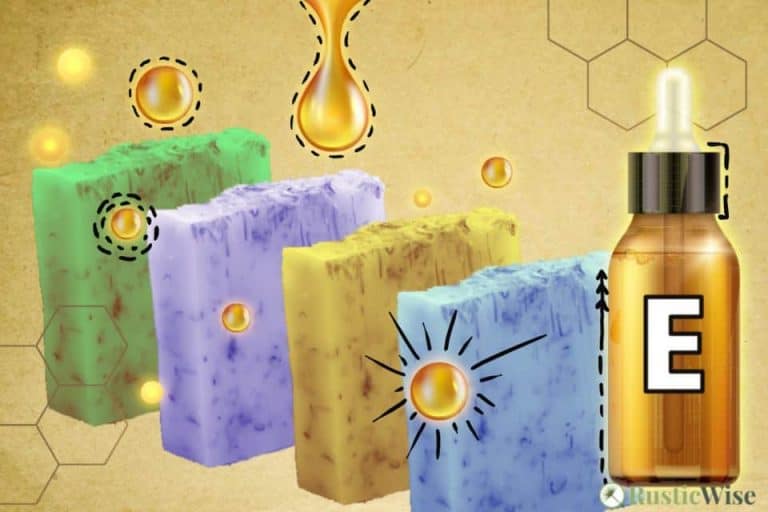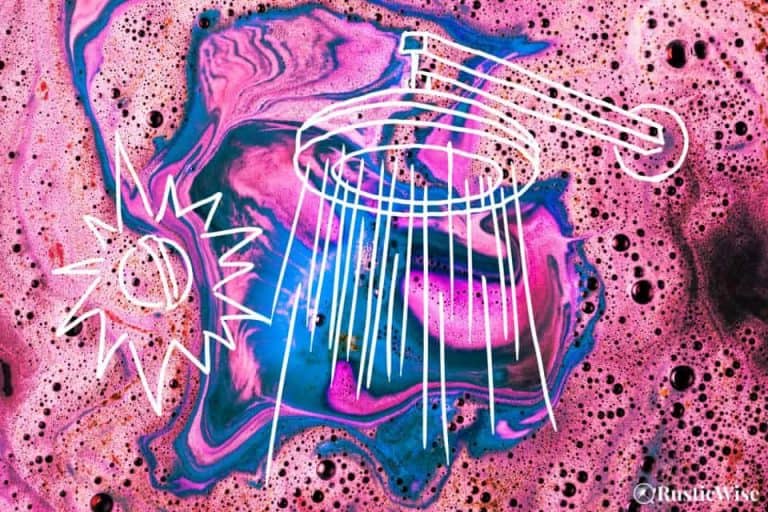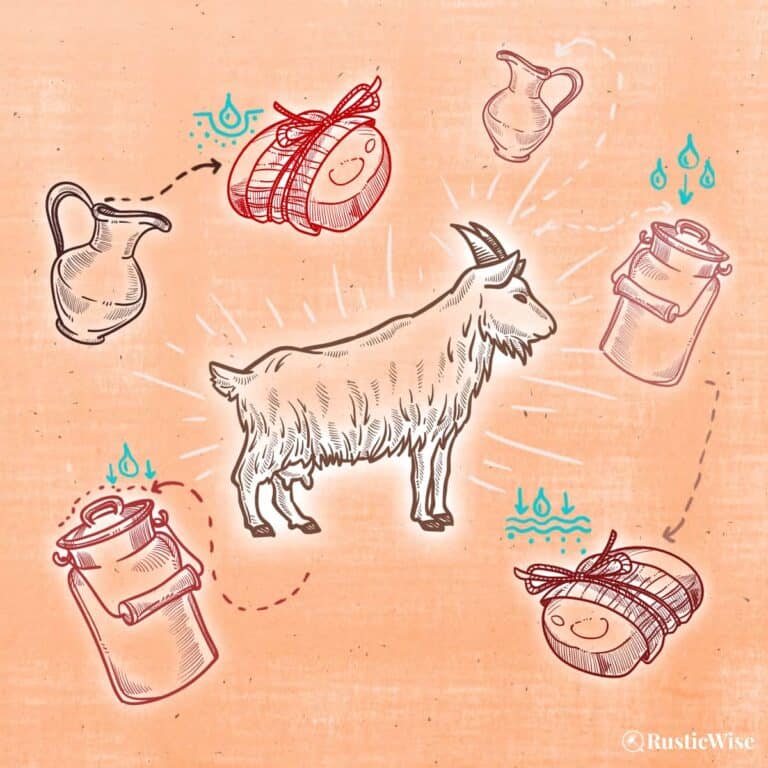9 Quick Facts About Glyceryl Stearate in Skin Care
Glyceryl stearate (aka glyceryl monostearate), appears in many personal care products from moisturizers and masks to hand cream and cleansers. What exactly is glyceryl stearate in skin care? This compound acts as an emulsifier, surfactant, stabilizer, and emollient. And while it has a harsh sounding name, it derives from natural products.
The next time you see this ingredient pop up in your cosmetic ingredients, don’t fret. The Cosmetics Ingredient Review Panel considers it a safe ingredient when used in proper amounts. Glyceryl stearate also appears on the U.S. EPA’s Safer Chemical Ingredients List.¹
We’ve rounded up 9 key facts about glyceryl stearate in skin care products. We’ll also look at its close relative, glyceryl stearate SE (self-emulsifying).
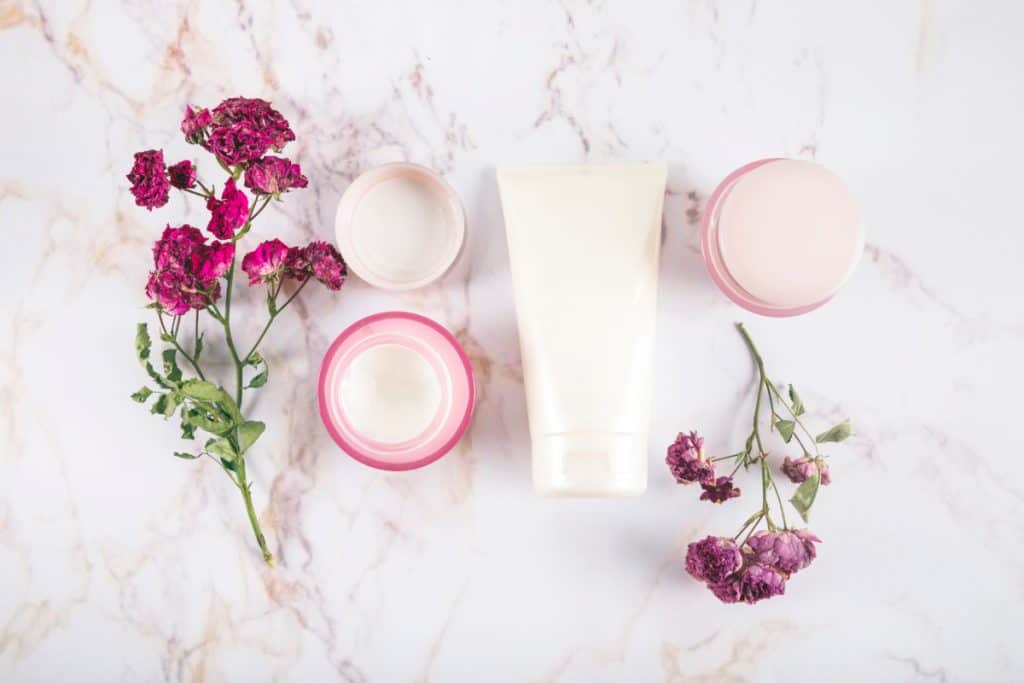
9 quick facts about glyceryl stearate in skin care
1. Combines glycerin + stearic acid
How is glyceryl stearate made?
Both glyceryl stearate and glyceryl stearate SE are products made by combining glycerin and stearic acid via esterification at high temperatures.
Where glyceryl stearate SE differs is that it’s produced using extra stearic acid with glycerin. This excess stearic acid is reacted/neutralized with potassium hydroxide to undergo partial saponification to create an emulsifying soap, which contains potassium stearate and/or sodium stearate.²
2. Naturally found in the human body
While this substance can be made commercially, glyceryl stearate can also be found naturally occurring in the human body.
Glycerol monostearate is a natural product made by your body in the process of breaking down fats. You can also find it in some kinds of seed oils.
3. Biodegradable
Natural and biodegradable? Check.
Glyceryl stearate is not considered an environmental toxin according to Environment Canada’s Domestic Substance List.
You can use this substance guilt-free.
4. Call it waxy
This waxy solid ranges in color from white to pale yellow, and has little to no odor. The waxy texture is what makes lotions and creams stabilize and mix oils and water together.
5. Acts as an emulsifier, emollient, surfactant, and stabilizer
Glyceryl stearate has many beneficial properties. It works to emulsify oils or vegetable fats and water to make lotions, creams, and other skin care products. It acts like a “glue” to keep water emulsions and other formulas together.
This ingredient also acts as a formulation stabilizer and thickener to bind separate ingredients together and give it a consistent texture. Glyceryl stearate also makes substances more opaque.
And, last but not least, glyceryl stearate is an emollient with great moisturizing properties. (This is not surprising as it derives from glycerin, or glycerol, a powerful humectant.)
Glyceryl stearate SE is mainly used as an emulsifier and surfactant (reduces surface tension which allows for a better clean) in cosmetic products.
6. Safe for use in cosmetics, personal care products, pharmaceuticals and as a food additive
According to the final report from the Cosmetic Ingredient Review (CIR) Expert Panel published in the Journal of the American College of Toxicology, both glyceryl stearate and glyceryl stearate SE are safe for use topically in cosmetics and personal care products.²
Glyceryl stearate is also used as an indirect and direct food additive, and in pharmaceutical products as an over-the-counter substance. The U.S. Food and Drug Administration (FDA) classifies it as generally recognized as safe (GRAS).
Fun fact: Manufacturers use glyceryl monostearate in baked goods such as breads. It’s used in bread dough as a stabilizer and conditioner. Plus, it prevents baked goods from going stale.
7. Glyceryl stearate is found in over 1200 cosmetic products
One of the most widely used ingredients, this popular compound is found in the finished product of thousands of cosmetic formulations and personal care formulations.
At last count, glyceryl stearate has been used in over 1200 cosmetic products in concentrations between 0.1 and 50 percent.²
8. Glyceryl stearate SE is used in over 200 cosmetic products
Less widely used, glyceryl SE is still found in more than 200 cosmetic products containing formulations between 0.1 and 50 percent.²
9. The amount of glyceryl stearate used in formulations defines “creams” vs. “lotions”
What makes creams different from lotions? Well, it comes down to the amount of glyceryl stearates present in the formula.
The CIR defines “lotions” as products with up to 3 percent glyceryl stearate.
“Creams” contain higher levels of glyceryl stearate—up to 10 percent.
In other words, creams are thicker and richer than lotions.
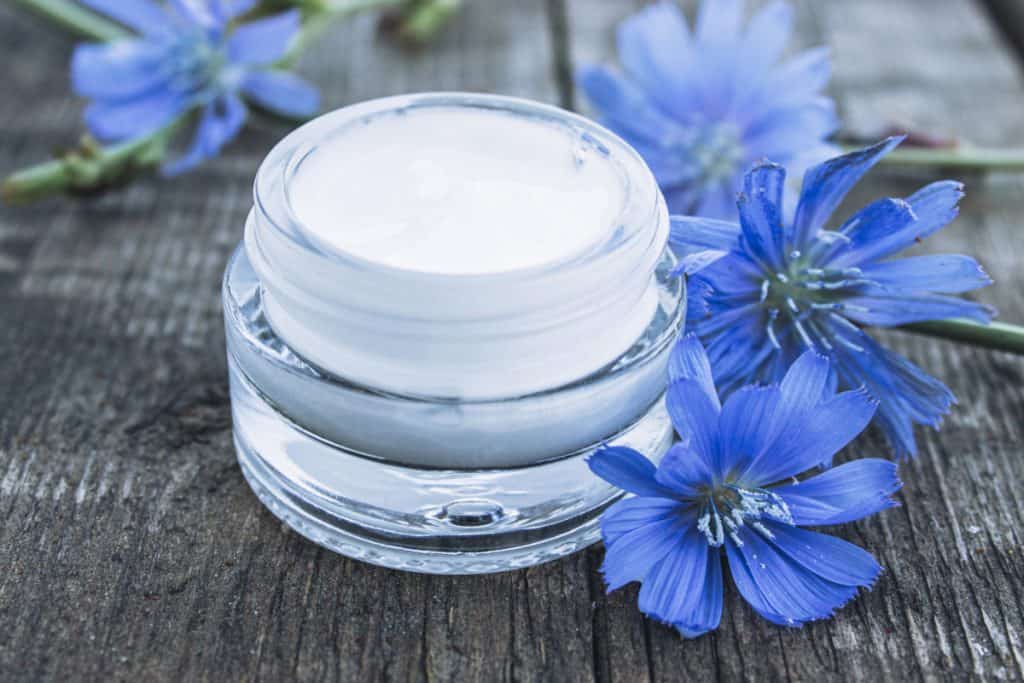
Credit: Vector State
A closer look at glyceryl stearate (and glyceryl stearate SE)
Now that you know some key facts, let’s take a closer look at these compounds.
Glyceryl stearates are emollients and softeners that help make skin feel smooth and silky. This compound is lightweight and easily absorbed by the skin.
This makes them versatile and useful in a wide range of body care products including shampoos, conditioners, body washes, lotions, cleansers, and sunscreens. As an agent in cosmetics, glycerol improves the shelf life of products by retaining moisture and boosting stability.
You you combine glycerin with stearic acid, you make glycerol stearate:
- Glycerin (aka glycerol): A natural, non-toxic member of the sugar alcohol family. Glycerin is a humectant which works to draw and retain moisture to skin. Its gentle nature makes it ideal for sensitive skin. This makes it a great ingredient in skin care creams, body lotions, cleansers, and cosmetics. Glycerin can derive from animal products or vegetable oils.
- Stearic acid: Stearic acid is one of the more common saturated fatty acids. It’s a type of long-chain saturated fatty acid found naturally in animal fats such as lard or tallow, and vegetable oils/butters such as coconut oil, palm oil. Stearic acid is an ester of a fatty alcohol. In soap making, stearic acid helps to create a harder bar of soap with stable lather.
Glycerol stearate SE is very similar. The SE stands for “self-emulsifying.” In addition to glycerin and stearic acid, it also contains some potassium or sodium stearate. It’s often used as a secondary emulsifier and is helpful in oil emulsions. This compound helps produce liquid crystalline and/or crystalline gel phases in emulsions with a large water phase.
The molecular formula of glycerol stearate (aka glyceryl monostearate) is: C₂₁H₄₂O₄
Glycerol stearate is not insoluble in water. It’s soluble in hot oils and other organic solvents.³
The molecular formula of glycerol stearate SE⁴ (aka glyceryl monostearate self-emulsifying) is: C₉₉H₁₉₆KNaO₁₆
What’s the purpose of glyceryl stearate in skin care?
So, how exactly does glyceryl stearate work in personal care products? This versatile compound serves many purposes in skin care.
- Emulsifier: Both glyceryl stearate and glyceryl stearate have emulsifying properties. This means they work to bind together water and oils into a cohesive whole.
- Moisturizing agent: The main moisturizing properties from these compounds comes from glycerin, a well known hydrating ingredient. Not only does this compound work to make skin softer and more hydrated, it also prevents formulas from drying out.
- Opacifier: Used to adjust formulations to the correct opacity.
- Stabilizer: To enjoy a long shelf life, this compound works to retain moisture in products (and avoid dryness or crustiness). It also helps to keep certain ingredients well mixed so they don’t separate with time.
- Surfactant: Surfactants work to reduce surface tension allowing for oil and dirt to more easily wash away. In facial cleansers, GS-SE is used as a surfactant.
- Thickener: The texture and viscosity of body products and cosmetics play a large role in how our sensory perception (imagine using runny shaving cream!). Stearates help to thicken formulations to achieve the desired consistency.
- Reduce greasiness: While skin care oils have many skin nourishing properties, some can leave skin feeling greasy. Glyceryl stearates help keep greasiness in check.
Benefits of glyceryl stearate for skin
In skin care, glyceryl stearates acts as emollients and occlusive agents. It’s packed with healthy fatty acids that contain skin nourishing properties.
A quick and readily absorbable ingredient, glyceryl stearate helps to moisturize skin by keeping it hydrated. Your skin may benefit from a soft, smooth appearance.
Regular use of emollients help to soothe damaged skin, and dry or itchy skin. Emollients work to smooth skin’s surface from dry patches.
This ingredient works as an occlusive agent by forming a protective layer on skin to better lock in moisture, and protect the skin from environmental irritants such as pollution.
Safety notes
Undiluted patch tests were conducted to test for GS and GS/SE’s safety for topical use on skin. Out of 140 patches applied, just six participants experienced (mild) irritation. So at worst, glyceryl stearate can be a mild irritant when undiluted.²
But, in personal care products the amount of glyceryl stearate and/or glyceryl stearate SE is diluted. As such, most people experience no skin irritation.
You can buy glyceryl stearate SE in raw form for a variety of DIY purposes. Possible side effects of raw glyceryl stearate SE include: rashes, itchiness, burning, nausea, cramping, and diarrhea.
It’s always a good idea to do a quick 24 hour patch test if using raw glyceryl stearate SE to check for allergic reactions.
Keep in mind that glyceryl stearates are for topical use only.
Related questions
Is glyceryl stearate the same as glycerin?
No, these two substances are NOT the same. However, glyceryl stearate derives from glycerin and stearic acid. While glycerin is a clear liquid with a syrup-like consistency, glyceryl stearate has a solid, waxy texture.
Glycerin’s main use in skin care is a humectant—it draws and retains moisture to the skin. Glyceryl stearate conversely, acts as a emulsifier, stabilizer, and emollient.
Is glyceryl stearate SE comedogenic?
Yes, glyceryl stearate SE is mildly comedogenic, meaning it may clog pores for some skin types. If you have sensitive or acne-prone skin, you may wish to skip products containing glyceryl stearate SE. Others may have no skin issues at all.
Is glyceryl stearate organic and vegan?
That depends on how you define the term organic. If you consider organic to mean “natural,” then, yes, glyceryl stearate can derive from natural compounds.
However, if organic to you means a product made without the use of pesticides, it gets more complicated. Remember that glyceryl stearate derives from glycerin and stearic acid which can come from animal fats or vegetable oils.
To ensure something is truly pesticide free (or free of other harmful chemicals), you would have to trace whether the individual vegetable oils or animals products were grown using organic or sustainable practices (a tall order!).
It’s easier to check whether your product is vegan. Most manufacturers will label if their product is vegan-friendly.
New to making soap? 🧼❓
👉We have a fantastic overview on the whole soapmaking process here: read our Timeless Guide To Soapmaking.
If you would like to see our soapmaking posts organized by topic type, see our Soapmaking Collection.
Would you like more timeless tips via email?
Fun tips to help you live an independent, self-sustaining lifestyle. Opt-out at any time.


References
- U.S. Environmental Protection Agency (EPA), Safer Chemical Ingredients List, https://www.epa.gov/saferchoice/safer-ingredients. Accessed April 2022.
- Final Report on the Safety Assessment of Glyceryl Stearate and Glyceryl Stearate/SE. (1982). Journal of the American College of Toxicology, 1(4), 169–192. https://doi.org/10.3109/10915818209021268
- PubChem, Glyceryl monostearate, https://pubchem.ncbi.nlm.nih.gov/compound/Glyceryl-monostearate. Accessed April 2022.
- PubChem,Glyceryl stearate SE, https://pubchem.ncbi.nlm.nih.gov/compound/Glyceryl-stearate-SE. Accessed April 2022.

Author: Theresa Tesolin
Theresa is co-founder of RusticWise. She helps people unleash their inner DIY spirit by encouraging them to get dirty and make or grow something from scratch.



